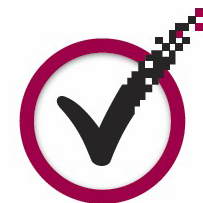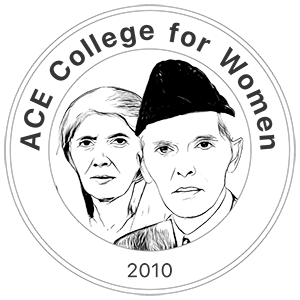Understanding Buruli Ulcer in Imo State, Nigeria: Community Knowledge, Beliefs, and Treatment Compliance with WHO Guidelines
| Received 04 Jun, 2025 |
Accepted 20 Nov, 2025 |
Published 31 Dec, 2025 |
Background and Objective: Mycobacterium ulcerans is the causative agent of Buruli ulcer (BU) disease, a chronic and crippling illness that is a major public health concern in endemic areas like Nigeria. This study investigates the knowledge, attitudes, and treatment choices of people with Buruli ulcer disease in Imo State, Nigeria, as well as determining the variables affecting adherence to WHO standards. Materials and Methods: This study adopted a mixed-methods design, integrating both quantitative and qualitative approaches to comprehensively investigate the knowledge, perceptions, treatment-seeking behaviors, and adherence to World Health Organization (WHO) recommended Buruli ulcer (BU) treatment guidelines among healthcare providers and community members in Imo State, Nigeria. Healthcare providers and community members in 32 localities in Imo State, Nigeria, were surveyed (n = 360) and interviewed in-depth (n = 32). Descriptive and inferential statistical analyses (frequencies, percentages, means, standard deviations, Chi-square tests, and p-values at α = 0.05) were employed to analyze and compare the study variables. Results: Despite respondents' high degree of knowledge (93.9%) of BU illness, the study found that misconceptions regarding its etiology and transmission remained. The most common treatment-seeking behaviors were self-medication (56.7%) and herbal therapy (22.2%), and 73.3% of respondents said they followed WHO recommendations. Although 73.3% of respondents reported adherence to WHO-recommended treatment, qualitative findings revealed that such compliance was frequently inconsistent or interrupted due to cost barriers, mistrust of antibiotics, fear of amputation, and pressure from family members to seek traditional healing. Conclusion: This study emphasizes the necessity of focused initiatives to dispel myths and encourage community members and healthcare professionals in BU-endemic areas to follow WHO recommendations. Preventing deformities and enhancing disease management require improving early detection of BU disease and community health education.
How to Cite this paper?
APA-7 Style
Divine,
O.C., Tochi,
O.E. (2025). Understanding Buruli Ulcer in Imo State, Nigeria: Community Knowledge, Beliefs, and Treatment Compliance with WHO Guidelines. Asian Science Bulletin, 3(4), 274-287. https://doi.org/10.3923/asb.2025.274.287
ACS Style
Divine,
O.C.; Tochi,
O.E. Understanding Buruli Ulcer in Imo State, Nigeria: Community Knowledge, Beliefs, and Treatment Compliance with WHO Guidelines. Asian Sci. Bul 2025, 3, 274-287. https://doi.org/10.3923/asb.2025.274.287
AMA Style
Divine
OC, Tochi
OE. Understanding Buruli Ulcer in Imo State, Nigeria: Community Knowledge, Beliefs, and Treatment Compliance with WHO Guidelines. Asian Science Bulletin. 2025; 3(4): 274-287. https://doi.org/10.3923/asb.2025.274.287
Chicago/Turabian Style
Divine, Onwuka,, Chigozie, and Oparaocha Evangeline Tochi.
2025. "Understanding Buruli Ulcer in Imo State, Nigeria: Community Knowledge, Beliefs, and Treatment Compliance with WHO Guidelines" Asian Science Bulletin 3, no. 4: 274-287. https://doi.org/10.3923/asb.2025.274.287

This work is licensed under a Creative Commons Attribution 4.0 International License.




